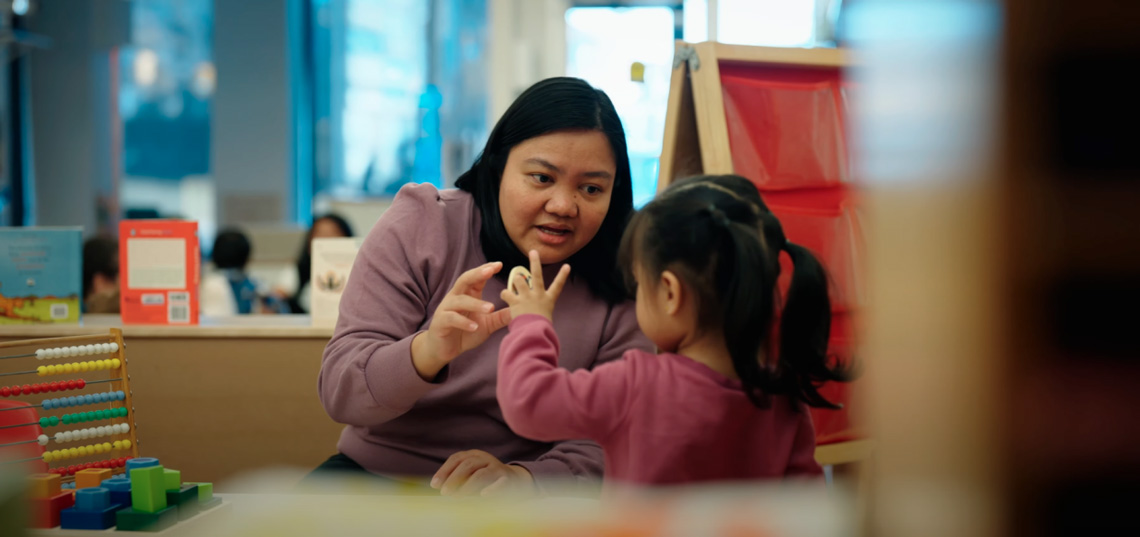Date approved: September 14, 2011; November 12, 2014; November 8, 2017; June 25, 2019
Policy
Macaulay is committed to providing high-quality and accessible programs and services.
If service users (including parents) or community members are not satisfied with Macaulay service, personnel or policies, they have the right to give Macaulay that feedback or to complain.
Macaulay welcomes all feedback and considers the feedback carefully in order to continually improve our service and organization.
Macaulay addresses complaints in a manner that respects the rights of everyone involved. All complaints are investigated and resolved in a manner that strives to be timely, objective and respectful.
Macaulay deals with complaints confidentially, unless otherwise required by law. Nevertheless, respondents will generally be given the name of the complainant.
Community members and service users are asked to provide their complaint in writing in order that the complaint can be fully and fairly investigated. Anonymous complaints are investigated based on the information available.
Every effort is made to resolve complaints as quickly as possible.
Definitions
Feedback
Positive or negative comments about Macaulay service, personnel or policies.
Complaint
A serious concern, typically expressed in writing, about a policy, practice or person working or volunteering at Macaulay. A complaint differs from feedback in that the complainant is seeking a formal process and response.
Any concern that could result in discipline to an employee or volunteer must be considered a complaint.
Complainant
The person who makes the complaint
H3 Respondent
The person against whom the complaint is made
Note: Not all complaints will be directed towards an individual. In this case, the respondent is the program supervisor or manager.
Complaint resolution procedure
Macaulay will:
- make service users and community members aware of this policy
- require that no one involved in the complaints resolution procedure has a real or perceived conflict of interest as per the Macaulay Conflict of Interest Policy
- make reasonable accommodations to make sure the Complaints Resolution process is accessible to all concerned
- make a final decision to resolve the complaint
- inform the complainant about the final decision, with accompanying reasons, within a reasonable period; if the complainant is not satisfied, inform the complainant of the appeal procedure available
- if there is a specific respondent, Macaulay informs the respondent of the final decision; the resolution may include discipline and/or some further action or training requirement
- file written records of the complaint in a locked cabinet
Complaint resolution steps
- The complainant makes the complaint to the immediate program supervisor or any other member of management. The complainant is asked to put the complaint in writing and to include their contact information. If the complainant has difficulty putting the complaint in writing, assistance will be provided.
- The supervisor receiving the complaint contacts the complainant within 2 business days and arranges a meeting to review the details and to discuss the possible resolution. Whenever possible, this latter step is done through a face-to-face meeting.
- The supervisor informs their immediate supervisor or program director immediately upon receipt of the complaint. If the nature of the complaint warrants it, the program director or executive director can attend the meeting described in step 2.
- Once all the details of the complaint are received from the complainant, including the complainant’s suggested resolution, the supervisor proceeds to investigate the complaint. If the complaint is about an agency policy or practice, this step must involve the appropriate member of senior management. Where the complaint or the resolution may involve legal, financial or public relations liabilities, the final decision concerning the resolution is made by the executive director. The executive director informs the president or the board as needed.
- If the complaint concerns an individual staff or volunteer’s conduct, the supervisor informs the respondent that a complaint has been received. The respondent has the right to know the nature and source of the complaint.
The supervisor investigates the complaint in accordance with the Investigation Protocol.
Appeal process
Should a complainant not be satisfied with the complaint resolution, the complainant is advised that she can appeal the decision to the executive director. If the complainant is not satisfied with the executive director’s decision, the complainant can appeal to the board president. The decision reached by the board president is final.
Individuals, who believe they have been unjustly treated, harassed or discriminated against, in a way that violates the Ontario Human Rights Code, have the right to seek assistance from the Ontario Human Rights Commission.

